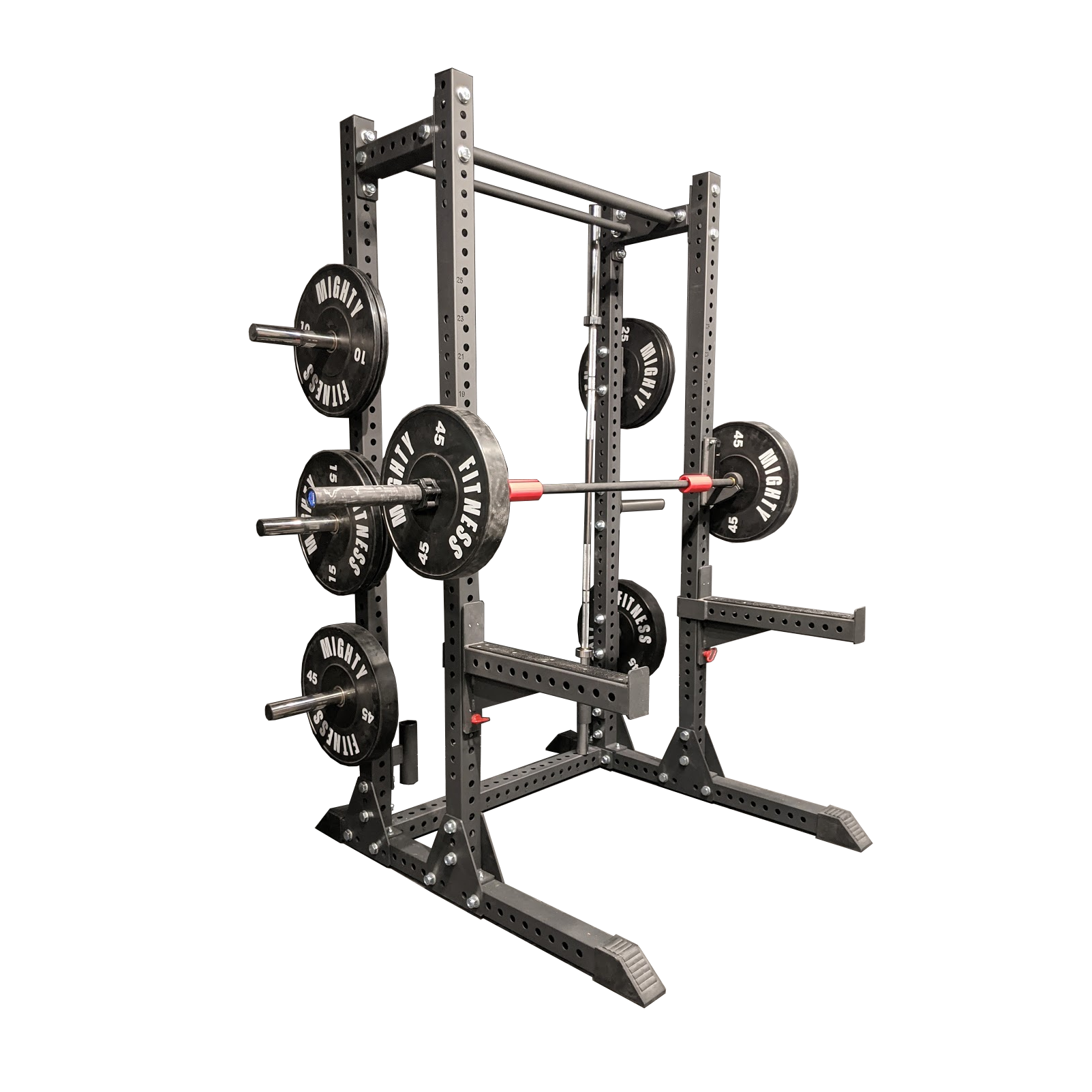Strength Training Workouts: A Guide For Beginners
You've certainly heard that training activities are beneficial, but perhaps running a few miles or jumping on a spin bike is more your style. While this is perfectly great, keep in mind that the benefits of strength training are too wonderful to pass up, and they vary from increasing muscle endurance to preventing injury.
How to Include Strength Training Exercises for Beginners in Your Fitness Routine?
When most people think of training, they think of weight lifting. Contrary to common assumption, you can increase muscle strength using a variety of means, including your own body weight, resistance bands, cable resistance devices, and, yes, weight machines and free weights.
Choose a weight that's just heavy enough to complete 10 reps, and by that eighth rep, you feel really happy it's almost over, says Joel Freeman. This will ensure you're challenging your muscles so they can grow and get stronger. You should also purchase a pair of strength sneakers.
What are the advantages of beginning strength training?
Building strength can help you not just in your exercises, but also in your daily life.
Whether it's moving your body weight or external weights, resistance training is a great way to help your body stay functional and healthy in the long run.
Increasing muscle strength can help you carry a week's worth of groceries up the stairs, place a large object on an overhead shelf, or just get up off the floor. Building balanced strength focusing on all muscle groups is also crucial because it prevents weaker muscles from overcompensating, which can lead to injury.
Beginner strength training reps and sets
In general, for strength training, pick a weight that you can lift for 6 reps per set with correct form. However, if you're just getting started, focus on a weight you can handle for 6 to 12 reps, as lifting too heavy before you're familiar with the motions might raise your risk of injury, according to Fagan.
Allow 2 to 5 minutes of rest between sets to allow your neurological system and muscles to recuperate; otherwise, you won't be able to optimize your effort during the next set, explains Yellin. This may appear to be a lot of rest, but it's actually very common for a program aimed primarily at growing muscle.
Basic Weight-Lifting Exercises
- Bent-Over Row
- Goblet Squat
- Weighted Stationary Lunge
- Dumbbell Workout Plan
What happens to your body when you first begin weight lifting?
You will burn calories, boost your metabolism, and build strength at first, before your muscles begin to expand. Your balance and motor coordination will improve as well. It takes approximately a month or two to gain enough lean muscle mass to observe benefits.
Dumbbell Workout Plan
Dumbbells are an excellent introduction to the world of weight training and strength training:
- Even if it's a simple gym in your apartment complex, most gyms will include dumbbells.
- Dumbbells don't take up much space, so you can have a pair at home without taking up too much space.
- Dumbbells make it simple to add complexity to a bodyweight movement: for example, holding dumbbells while executing lunges.
- For some, dumbbell workouts are less frightening than barbell training and serve as a precursor to barbell training.
- Dumbbells provide an additional stabilizing challenge[4] and can immediately reveal muscle imbalances
- Dumbbells allow you to conduct single-arm and single-leg exercises. This can help you strengthen any muscular imbalances and is especially useful after an injury.
- You can easily scale. When the 10-pound weights get too easy, switch to the 15-pound weights.
Weight Exercises Health Benefits
- Build strong bones: Strength exercise can build bone density and lessen the risk of osteoporosis by straining your bones.
- Maintain a healthy weight: Strength training can help you control or lose weight, as well as boost your metabolism and burn more calories.
- Improve your quality of life: The training may improve your quality of life and ability to perform daily tasks. Strength exercise can also help to keep your joints healthy. Muscle building can also help with balance and may lessen your chance of falling. This can help you preserve your independence as you get older.
- Control chronic conditions: Many chronic illnesses, including arthritis, back pain, obesity, heart disease, depression, and diabetes, can benefit from strength training.



